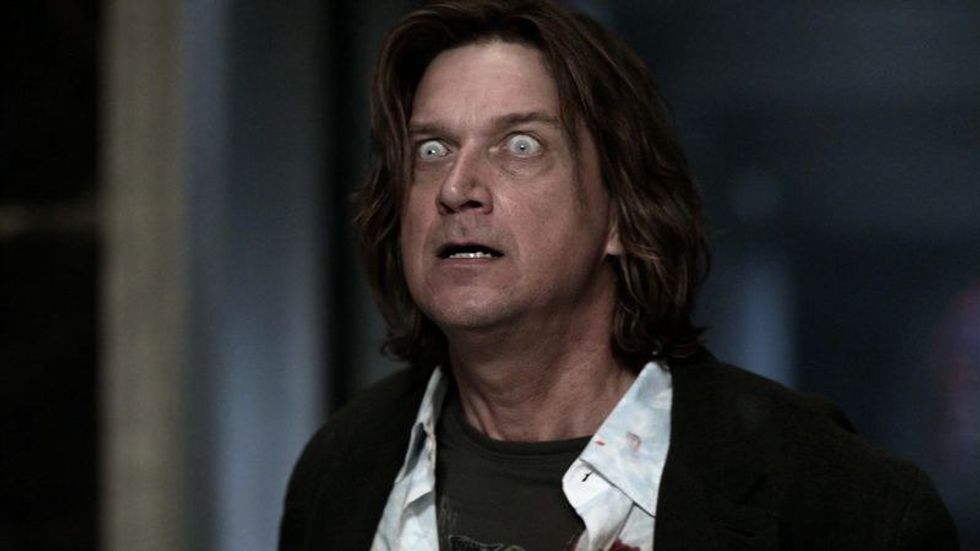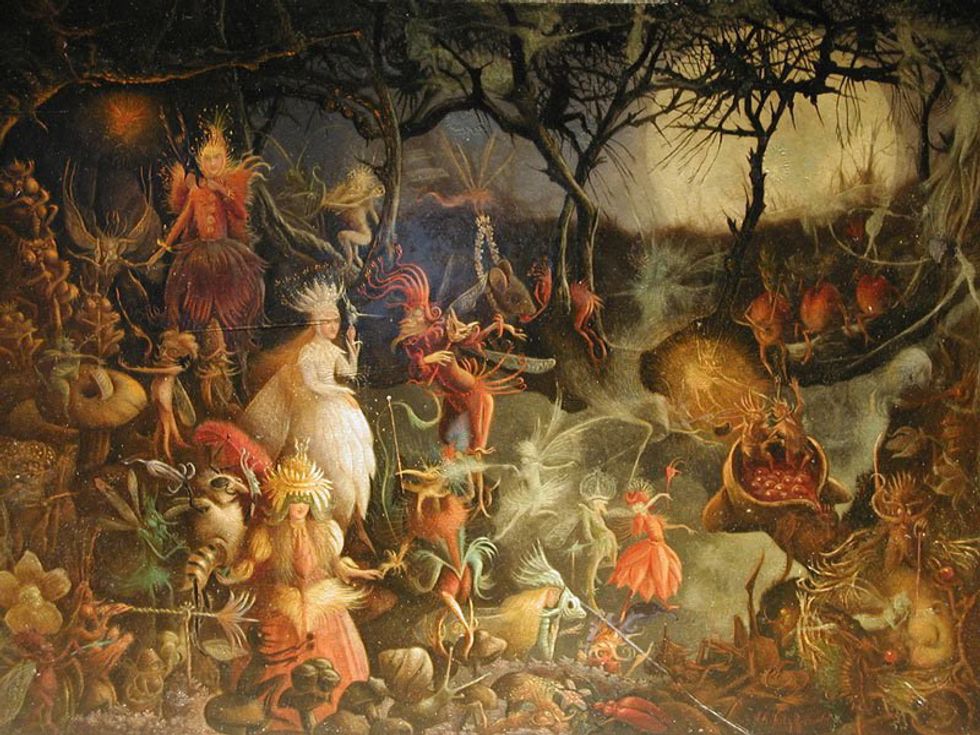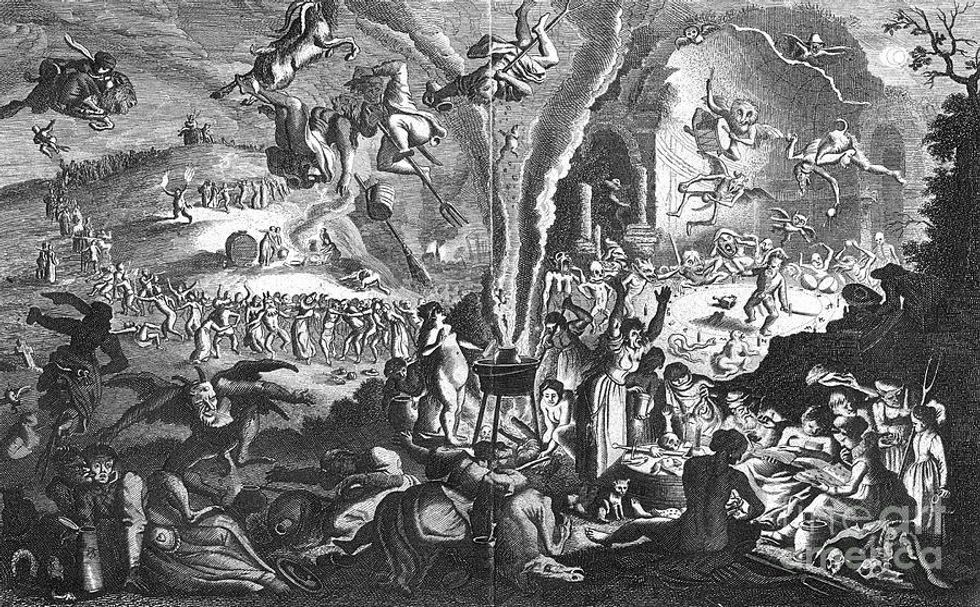Halloween is knocking on our doors and I'm sure I won't be neither the first nor the only to start writing articles about it, for it's a fascinating holiday. Many of you might already have heard about its origin, Samhain (if you watch Supernatural, you probably think you're an expert in it), which is still celebrated by modern pagans today. Though it's no new subject, I see no reason not to explore it again (and preferably without breaking any seal).
According to common belief, Samhain is some kind of Celtic God of Death who walks the earth during the night of the 31 October; in order to protect themselves, the ancient pagans would have started the masks and costumes tradition. This idea, though, is mostly wrong. Samhain, like most pagan rituals, is celebrated accordingly to the seasons. In this case, it symbolizes the end of summer, the last crop, and the start of the darker half of the year. "End of summer", actually, is what Samhain means in Gaelic; there was never a god named so.
Samhain is, most of all, a time for reflection, representing for some also the beginning of a New Year. It's the moment when the veil separating the spiritual and the real worlds is thinner, so it's a time propitious for honoring your ancestors and trying to get in contact with them, not to hide from them. Believers spend it mostly reflecting about the circle of life, death and rebirth, the year that is past and what actions to take in this new one. This is what Samhain means for the modern pagans, but the ancient ones were a bit more superstitious.
For the Celts, Winter was the Season of Ghosts, and Samhain was the night when they were released from the Underworld. Past, Present and Future would all happen at once, and even inhabitants of The Other World, such as faeries, would come by (if they had captured during the year someone you know, this was the time to retrieve them). Bonfires were lit to keep evil spirits away and a place was reserved on the tables for the dead ancestors; dinner was held in silence and no one dared look at the seat, for to see the dead was to bring misfortune.
Many of our modern Halloween traditions also came from Celtic customs; skulls from the ancestors were placed around the bonfire, as a way of gaining extra protection, and apples (the fruit of the Other World, Avalon was the "Isle of Apples" - is there any connection with the Forbidden Fruit?) were used in a number of divination rites, and so were hazel nuts, as hazel trees were sacred in Scottish and Irish folklore. Masks and costumes were worn in order to frighten or disguise oneself from the evil spirits, but records of people going from door to door asking for treats only appear by the end of the Middle Ages.
Finally, why is it called Halloween? Well, the Catholic Church, as a way to incorporate itself into the life of the pagans, decided in the 8th century to celebrate the 1st of November as All Saints Day. The All Hallows Mass would take place, and as Christianity grew and spread, Samhain started being known as All Hallows Eve. After this, it was only a matter of time until linguistics did its job and transformed the name into what we know today. As many pagans still celebrated Samhain, soon this day was also seen as a Witches' Sabbath, and won the spooky meaning we usually attribute to it.
http://www.druidry.org/druid-way/teaching-and-prac...https://www.circlesanctuary.org/index.php/celebrat...





















